Berca Mud Volcanoes Facts
- The term of Berca Mud Volcanoes serves as the best known, and most often used, name for this natural marvel. Yet that’s simply the english language translation of the original title. It also bears the native name of Noroioși de la Pâclele Mici.
- The astonishing formation truly represents a unique natural sight to behold. That bold statement holds true for one very specific, and, understandable, reason. That’s because one can consider these features as miniature volcanoes continuously erupting.
- Instead of lava, though, these erupt with a steady flow of mud. This site currently forms the principal component of a geological and botanical reservation. These wonders of Nature formed in, and remain unique to, the country of Romania, in Europe.
- The Berca Mud Volcanoes now hold unique distinctions. Along with the unusual environmental conditions their features create, they also form a remarkable landscape. Many compare the location to a piece of the moon brought down to the earth.
- Yet, despite the starkness of the landscape, the area has a breathtaking, if unusual, appeal to those who love Nature. As a result of this extraordinary natural appeal, the wonder forms a popular attraction for both local inhabitants and tourists.
Related Articles
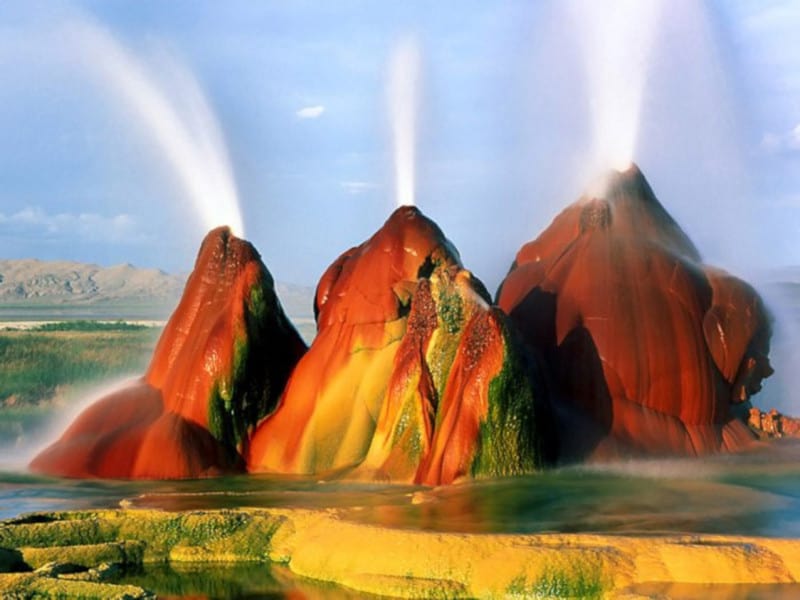
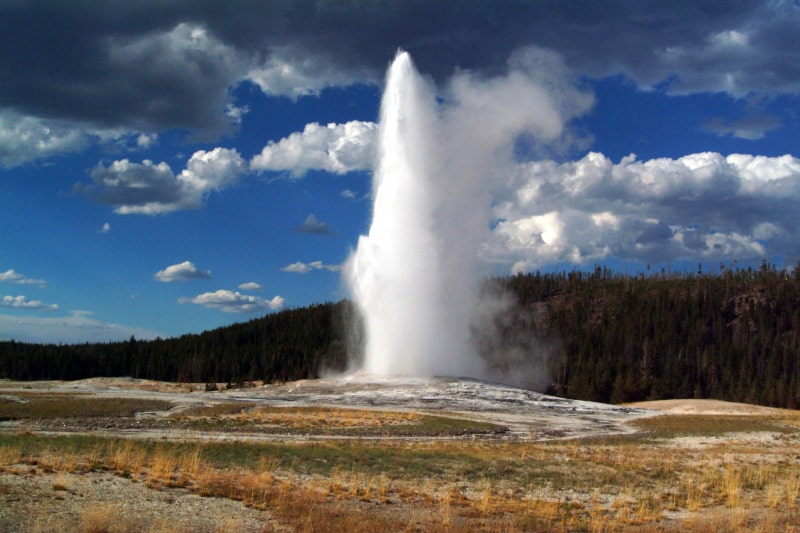
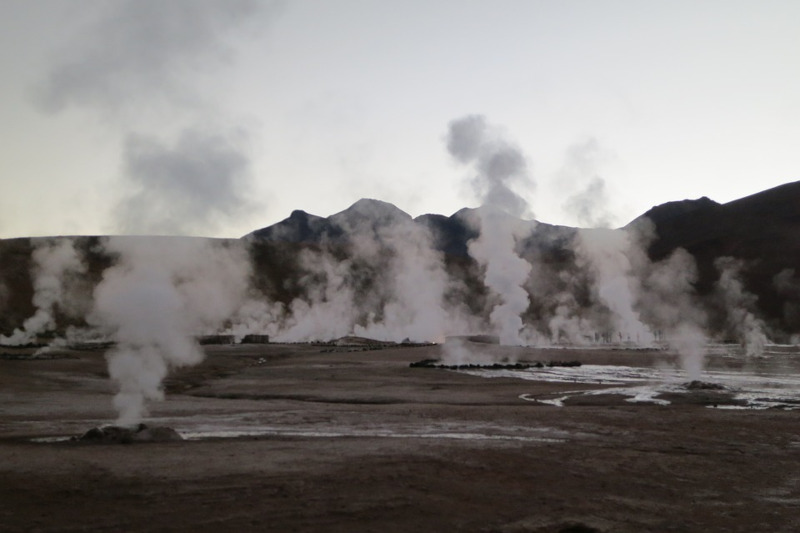
Berca Mud Volcanoes Physical Description
The aptly-named Berca Mud Volcanoes stagger many who visit the site with the appearance of the region. Fortunately, although the awesome features present do have a volcanic origin, the site nevertheless remains safe to visit. There’s a good reason behind this fact.
That’s due to the fact that, despite that powerful source, the features appearing here remain low enough in temperature that they qualify as cool. Accordingly, due to its origin, a steady supply of pressurized natural gas continually pushes salty mud deposits to the surface.
Once there, other processes continue to shape this wonder of the natural world. The hot mud left behind cools comparatively rapidly at the surface. This action creates the famous conical structures that resemble miniature volcanoes, and inspiring the common name.
The action that creates these begins at a point originating roughly 9,800 ft (3,000 m) beneath the surface. The natural gas that forms below the ground subsequently escapes the mud deposits in an almost constant, steady but typically gentle bubbling motion.
The remarkable cones of the Berca Mud Volcanoes attain interesting, but not extreme dimensions. They vary significantly, of course, yet average roughly 9.8 ft (3 m) in height. The overall effect of their presence creates a startling landscape for the intrepid visitor.
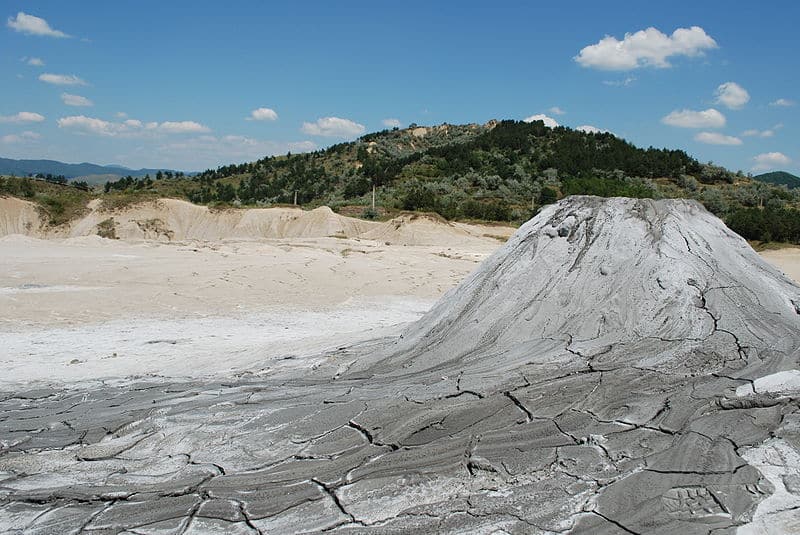
Source: http://bit.ly/2JKO3wH Photo: Radu Ana Maria CCL: http://bit.ly/2REt4fw
Berca Mud Volcanoes Botanical Uniqueness
One quite astounding fact continually surprises those who visit the awesome Berca Mud Volcanoes. That’s the fact that a few varieties of plants found a way to adapt to the conditions of the area. In this location, Nature once again demonstrates its versatility.
This occurred despite the incredible starkness and harshness of the environmental conditions of the region. Such a development further testifies to the extreme versatility of Nature. However, the area nevertheless remains utterly devoid of most other forms of flora.
That’s because of one simple fact pertaining to the immediate environment. That’s because most types of vegetation simply cannot survive in the soil surrounding the stark region. This occurs primarily because of the presence of large quantities of certain minerals.
Not surprisingly, these minerals mainly include salt and sulfur, originating with the staedy eruptions. But, those few varieties of flora that managed to adapt to life in the vicinity of the awesome Berca Mud Volcanoes nonetheless surprise visitors with their presence.
Incredibly, these ultra-hardy species mainly consist of two varieties of perennial shrubs. These include the Nitraria schoberi and the Obione verrucifera. These two vaieties of flora sparsely cover the roughly 66 acres (30 ha) comprising the unusual region.
Features Sharing Its Region
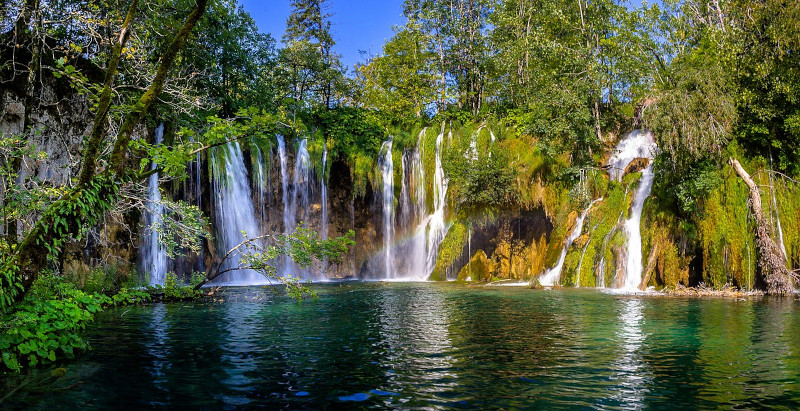
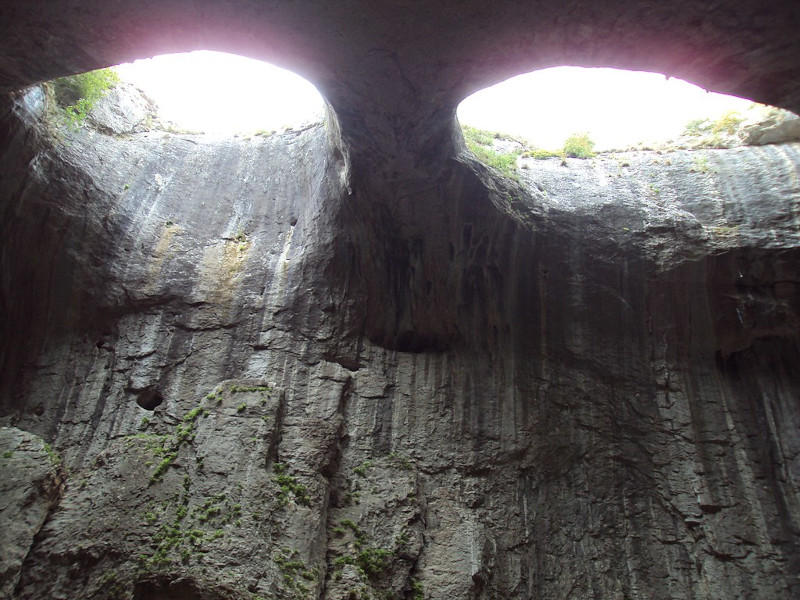
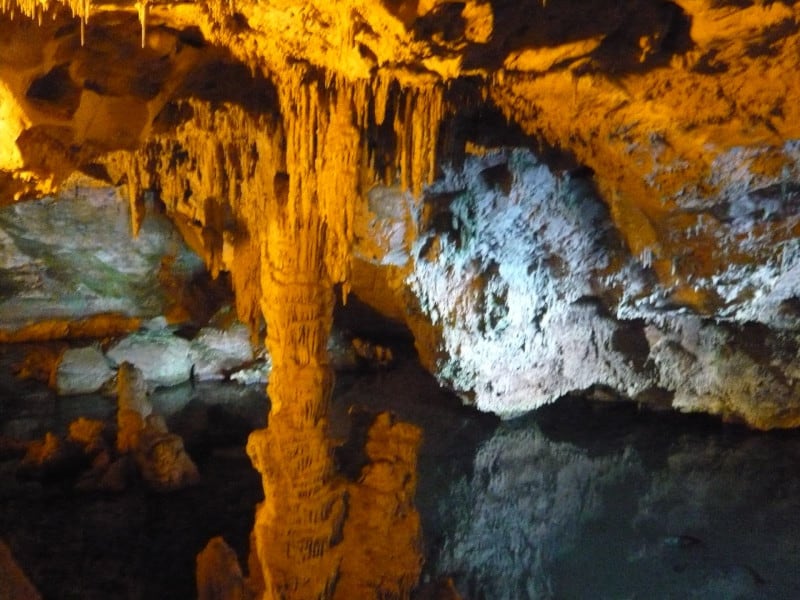
Check out our other articles on 7 Unbelievable Amphibians, Great Hammerhead Shark, Devil’s Walking Stick, Snow Leopard, Tansy Beetle, Kali Gandaki Gorge, Wood Frog, American Alligator
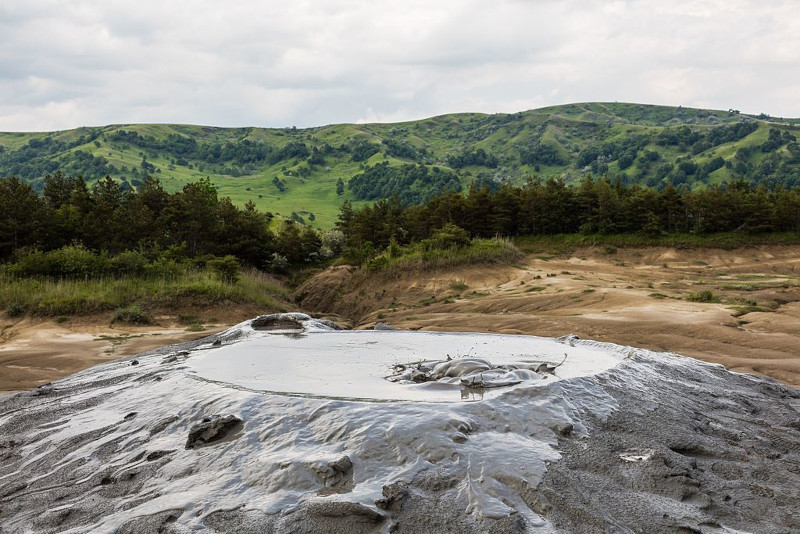










Leave a Reply